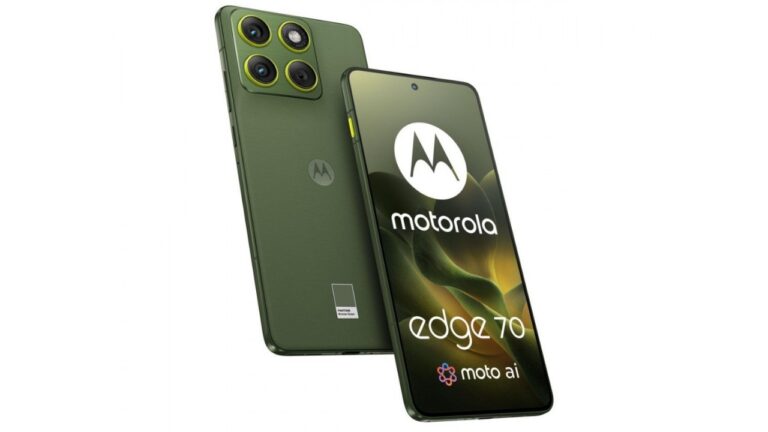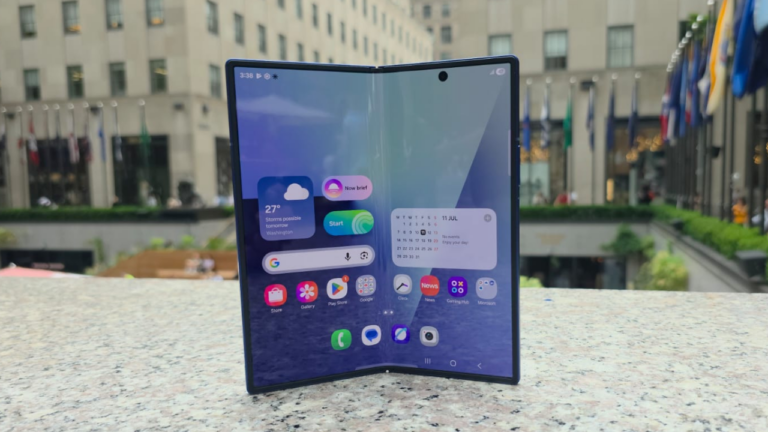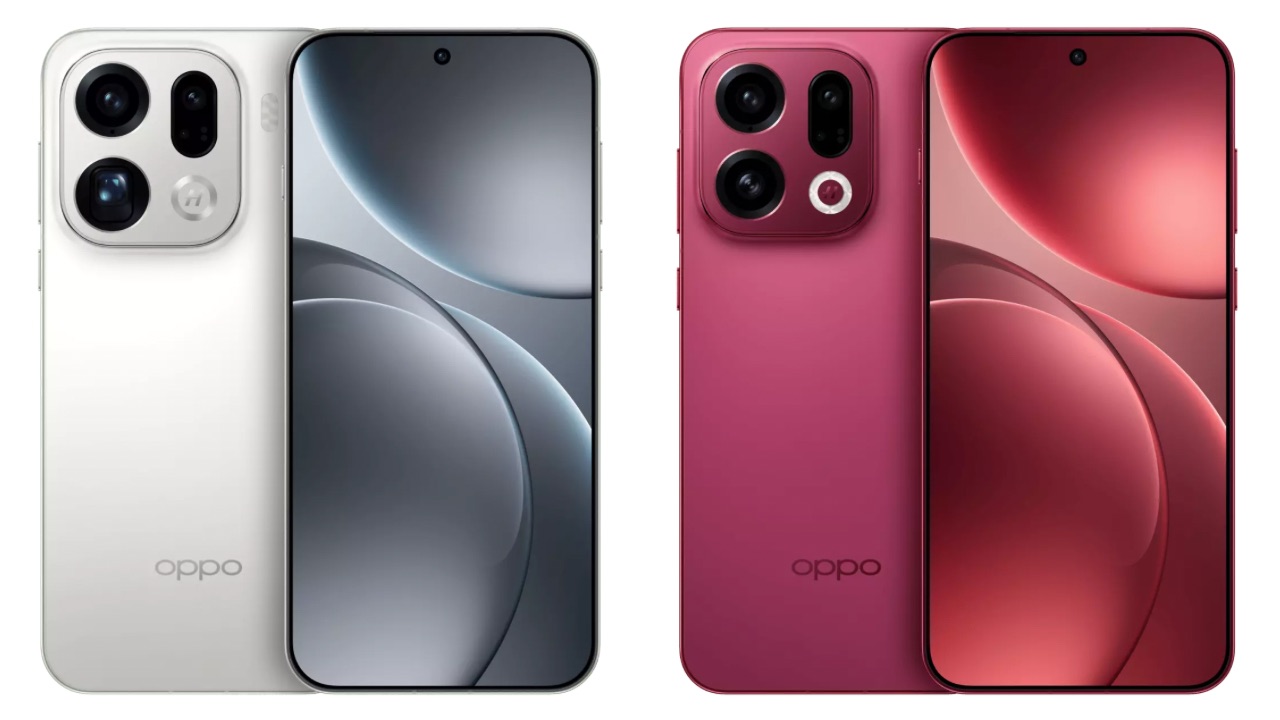A YouTube second chances program has been announced by the video streaming platform. “Given the scale of the opportunity, we know that our long-held approach of enforcing lifetime terminations can be difficult for creators,” the company said. As a result, those creators whose channel got terminated can now request a new one through this new program.
As announced by YouTube through a blog post, the YouTube second chances program gives some previously terminated creators “the opportunity to request a new YouTube channel.” Over the next several weeks, eligible creators will begin to see an option to request a new channel when they log into YouTube Studio on desktop with their previously terminated channel. Creators whose requests are accepted will be able to create new channels.
The new account will be completely different from the terminated one, which ones the creator will have to build back the subscriber base he/she once had. “You can also re-upload any of your prior videos that are within our Community Guidelines,” as per YouTube.
Read More: YouTube Premium Lite Plan Announced in India: Check Pricing
YouTube will take into account “several factors when evaluating requests for new channels, like whether the creator committed particularly severe or persistent violations of our Community Guidelines or Terms of Service, or whether the creator’s on- or off-platform activity harmed or may continue to harm the YouTube community, like channels that endanger kids’ safety.”
Additionally, this pilot won’t be available to creators terminated for copyright infringement or those who have violated the platform’s Creator Responsibilities policies. Creators who deleted their YouTube channel/Google account will not be able to see the ‘request a new channel’ option at this time.
Then, creators are not eligible to apply for a new channel until one year after their channel was terminated. During that year, the creator can appeal the channel termination in case he/she thinks that YouTube wrongfully terminated their channel. “If your appeal is successful, your old channel will be reinstated. If your appeal is unsuccessful, you now have the option to apply for a new channel one year after your channel was terminated,” said YouTube.












